A successful model shoot hinges on the perfect poses. Whether you’re a professional model or someone exploring the art of photography, understanding the nuances of posing is essential. Poses bring out personality, highlight features, and communicate a story. This guide covers everything you need to know about nailing the best poses for a model shoot.
1. Understanding the Importance of Posing
Before diving into specific poses, it’s important to recognize why posing is crucial in a model shoot. Posing not only enhances the model’s features but also conveys emotion and intention behind the photo.
- Highlighting Strengths: A great pose accentuates the model’s best features, from their cheekbones to their posture.
- Telling a Story: Poses help convey mood—from confidence to vulnerability.
- Showcasing Clothing or Products: In fashion or commercial shoots, poses highlight designs and accessories.
- Enhancing Visual Flow: Posing creates a rhythm in composition, leading the viewer’s eyes through the image effortlessly.
2. Preparation Before the Shoot
Getting ready for a shoot is just as critical as the shoot itself. Here’s how models and photographers can prepare to ace the poses.
For Models:
- Practice in Front of a Mirror: Try out poses that emphasize your best angles.
- Study Pose References: Look up popular poses that match the shoot’s theme.
- Stretch and Relax: Good posture stems from a relaxed body. Stretch to avoid stiffness.
- Understand the Mood: Discuss the shoot’s purpose with the photographer.
For Photographers:
- Plan Your Angles: Consider how the model’s pose interacts with lighting and background.
- Bring References: Visual references ensure smoother communication with the model.
- Direct With Clarity: Use precise language to guide the model without confusing them.
3. Essential Poses for Model Shoots
From editorial to casual, there are a variety of poses that cater to different styles of photography. Below are some versatile and impactful poses to consider.
The Power Pose
- What It Is: Standing tall with hands on hips and feet slightly apart.
- Why It Works: Conveys confidence, strength, and determination.
- Best For: Fashion, business, or empowerment-themed shoots.
Over-the-Shoulder Look
- What It Is: The model turns their head slightly to look over their shoulder.
- Why It Works: Creates mystery and highlights jawlines.
- Best For: Beauty, portrait, or glamour shoots.
Hands in Pockets
- What It Is: Casual pose with hands partially or fully in pockets.
- Why It Works: Relaxed and approachable, great for lifestyle shoots.
- Best For: Streetwear, casual, or urban-themed shoots.
S-Curve Pose
- What It Is: The body’s posture forms an elegant “S” shape.
- Why It Works: Adds flow and femininity to the frame.
- Best For: High-fashion editorials, glamour, or boudoir photography.
The Walking Pose
- What It Is: Simulates walking, often with one foot in front of the other.
- Why It Works: Creates dynamic energy and realism.
- Best For: Runway-inspired shoots or outdoor lifestyle photography.
Seated Elegance
- What It Is: Sitting upright with one leg crossed over the other or extended forward.
- Why It Works: Highlights posture while maintaining sophistication.
- Best For: Editorials, corporate profiles, or indoor portraits.
The Lean
- What It Is: Leaning against a wall or surface with one shoulder or hip.
- Why It Works: Exudes a casual, effortlessly cool vibe.
- Best For: Urban, edgy, or industrial themes.
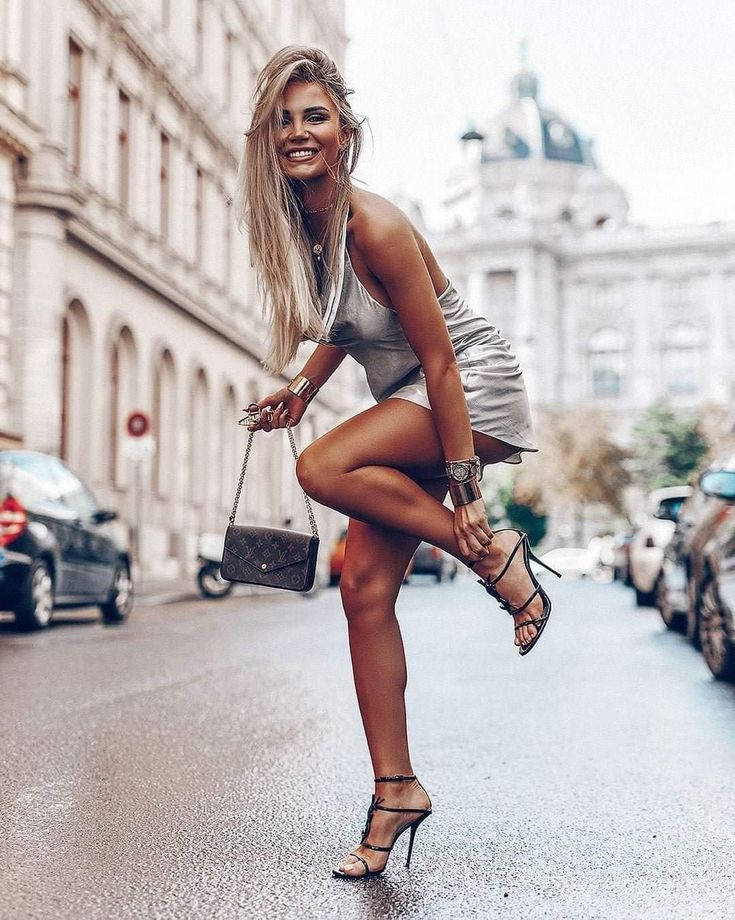
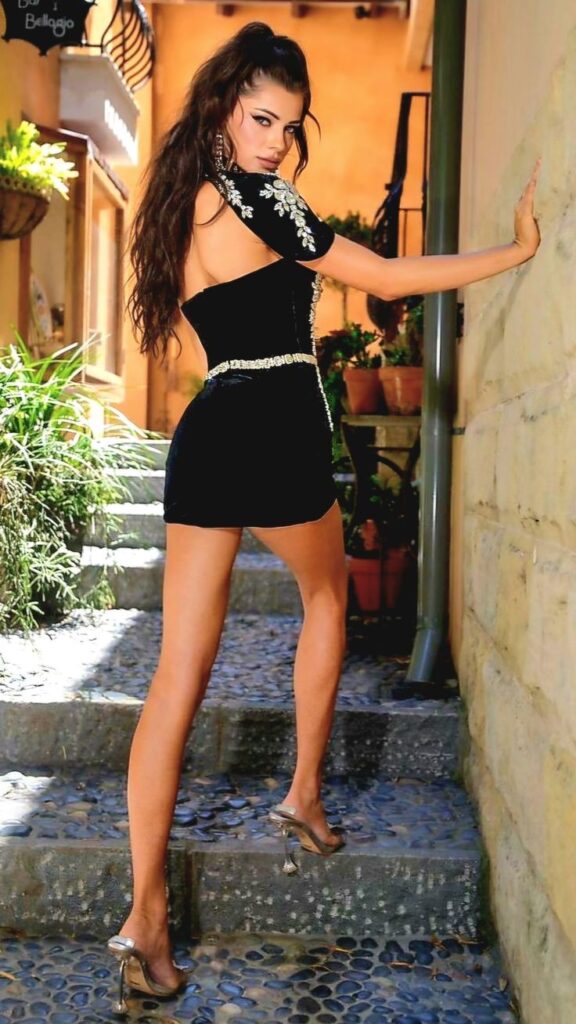
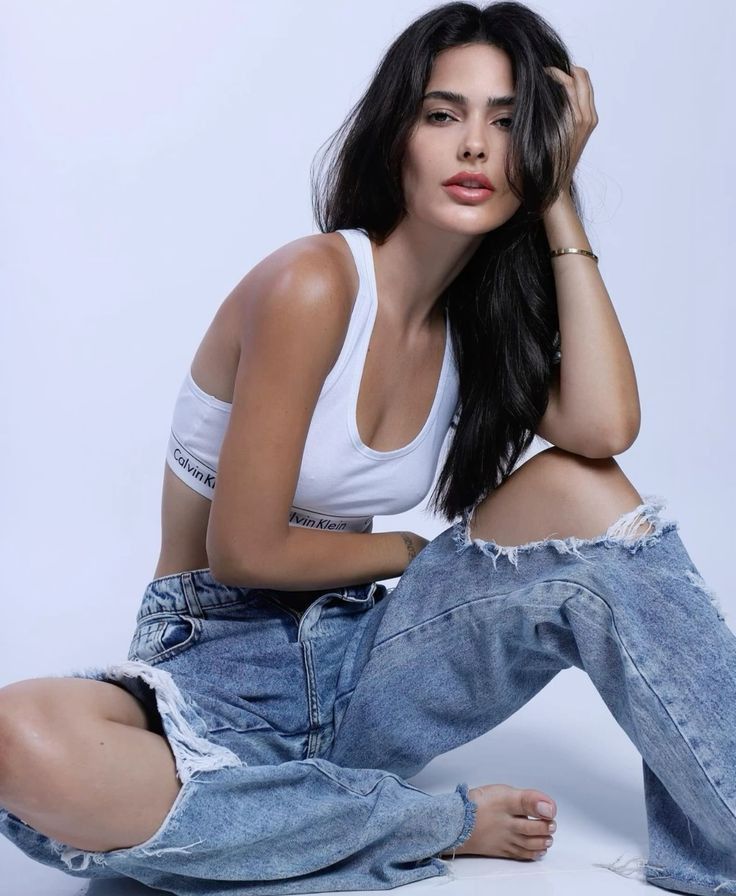
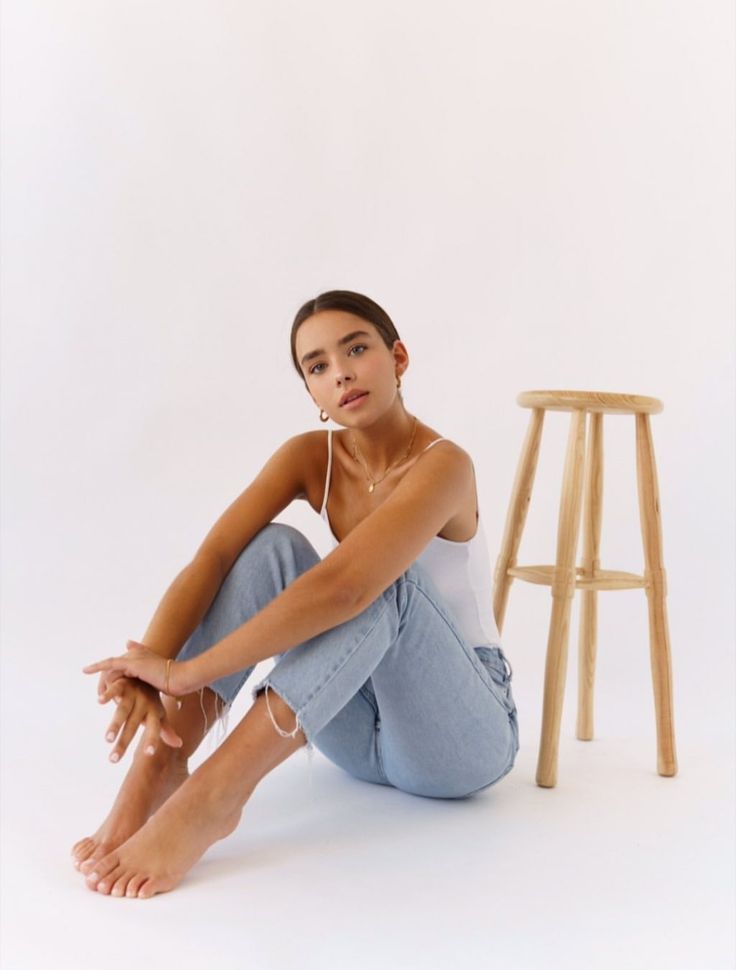
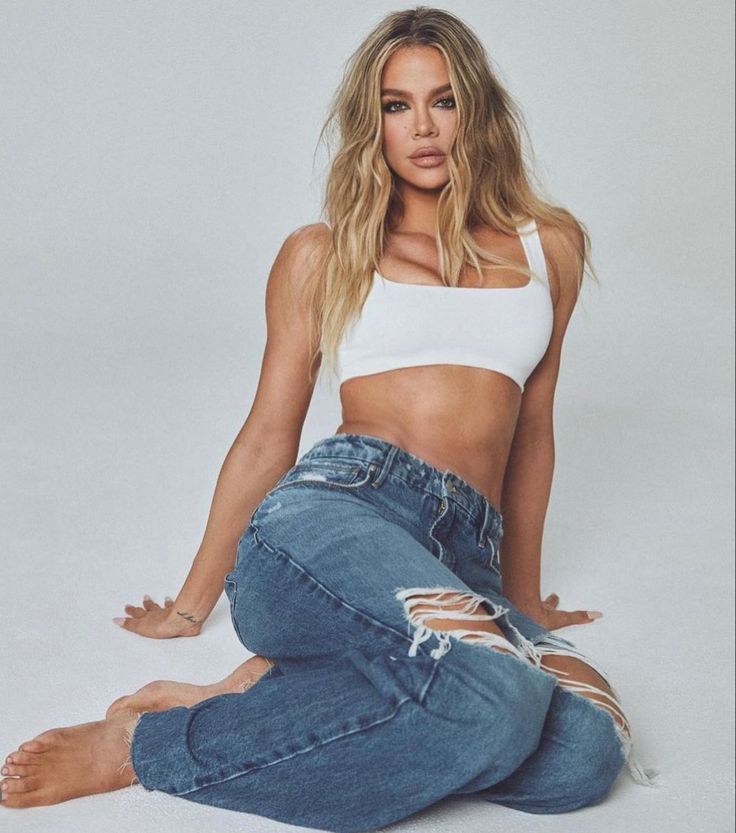
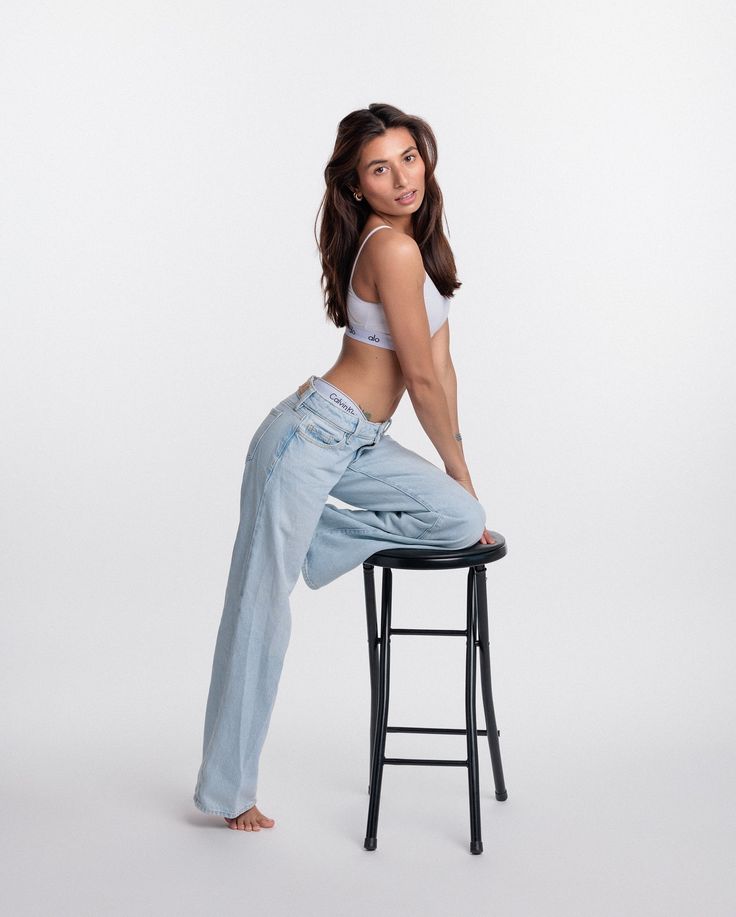
4. Adapting Poses to Different Themes
Fashion Photography
- Focus on poses that emphasize clothing details.
- Use dynamic stances to display fabric movement.
Portrait Photography
- Prioritize facial expressions.
- Experiment with hand placements to frame the face.
Editorial Shoots
- Incorporate storytelling poses.
- Play with dramatic angles and body twists.
Lifestyle Photography
- Opt for relaxed, candid poses.
- Mimic real-life actions like sipping coffee or laughing.
5. Common Mistakes to Avoid
Over-Posing
- Natural expressions get lost when poses feel overly staged.
- Tip: Encourage fluid transitions between poses.
Ignoring the Hands
- Stiff or awkward hand placement can ruin an otherwise great shot.
- Tip: Incorporate graceful hand movements or props.
Bad Posture
- Slouching can make even professional models look less polished.
- Tip: Engage the core and elongate the neck for better posture.
Not Considering Lighting
- A great pose can fall flat without proper lighting.
- Tip: Adjust poses to complement the lighting setup.
6. Tips for Creating Variety in Poses
- Use Props: Hats, sunglasses, and other items add depth to the image.
- Change Levels: Experiment with standing, sitting, or lying down.
- Focus on Details: Highlight accessories, hands, or specific body parts.
- Add Movement: Wind-blown hair or twirling outfits create drama.
7. The Role of Communication During the Shoot
A model’s ability to pose improves significantly with constructive feedback. Here’s how photographers can guide effectively:
- Provide Positive Reinforcement: Highlight what’s working to boost confidence.
- Demonstrate Poses: Show examples if the model struggles to understand.
- Encourage Experimentation: Allow the model to try new poses.
8. Posing Tips for Different Body Types
Inclusivity in photography celebrates all body shapes and sizes. Tailor poses to suit the model’s unique features:
- For Petite Models: Focus on elongating poses with extended legs or arms.
- For Plus-Size Models: Highlight curves with seated or angled stances.
- For Tall Models: Avoid overly stretched poses to maintain proportionality.
9. Final Thoughts on Perfecting Poses
The art of posing lies in practice, adaptability, and communication. A successful model shoot combines a model’s confidence with a photographer’s vision. By mastering these essential poses and tips, you’ll bring creativity and professionalism to your portfolio.

Mobile Photography Hacks: Candid Moments with Your Phone

Professional Model & Portfolio Photoshoots: Show Your Best Work
-

Street Photography Tips, Effects & Poses – Complete Guide
-

Leica Q2 for Photography: Why It’s Loved by Photographers
Mobile Photography Hacks: Candid Moments with Your Phone
Discover high-impact mobile photography hacks to capture genuine, gorgeous candid moments with your phone. Learn practical tips, composition secrets, and pro techniques to turn everyday scenes into stunning visual stories. Introduction: The New Age of Mobile Photography Photography has evolved beyond heavy cameras, technical jargon, and expensive equipment. Today, the power to capture extraordinary moments
Professional Model & Portfolio Photoshoots: Show Your Best Work
” Discover how to plan, style, and execute stunning portfolio photoshoots that showcase your skills, personality, and versatility. This comprehensive guide covers professional tips, posing ideas, gear suggestions, and industry insights for models and photographers.” Introduction – Why Portfolio Photoshoots Are the Cornerstone of a Photographer’s Career A well-crafted portfolio photoshoot is more than a
Street Photography Tips, Effects & Poses – Complete Guide
Discover the ultimate guide to Street Photography with expert tips, creative effects, and dynamic poses. Learn how to capture authentic urban moments, master composition, and tell powerful visual stories through your lens. Article Outline 1. Introduction to Street Photography Street Photography is more than just taking pictures of people in public spaces — it’s about
Leica Q2 for Photography: Why It’s Loved by Photographers
Introduction: The Cult Status of the Leica Q2 The Leica Q2 is not just a camera—it’s a statement. Combining the heritage of German precision engineering with modern digital excellence, it holds a special place in the hearts of professional and passionate photographers alike. With its full-frame sensor, prime Summilux lens, and minimalist design, the Q2
Top Cameras Under ₹1 Lakh for Freelance Photography
Freelance photography is no longer a niche—it’s a booming creative profession that demands not only vision and hustle but also the right gear. Your camera isn’t just a tool; it’s your storytelling partner. If you’re a freelance photographer aiming to balance performance, versatility, and budget, investing in a cameras under ₹1 lakh can offer the
Top Features of Nikon D850 That Make It Ideal for Photoshoots
Explore the top features of the Nikon D850 that make it a powerhouse for photoshoots. From exceptional resolution to dynamic range, this detailed Nikon D850 guide is built for professional and aspiring photographers. 1. Introduction When Nikon launched the D850, it quickly earned a reputation as a flagship DSLR that redefined what photographers could expect





